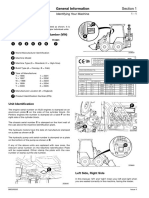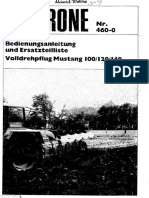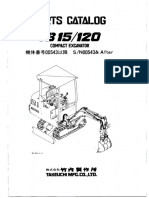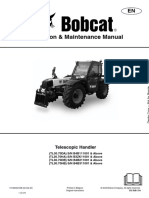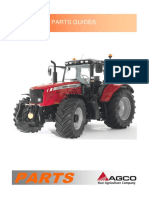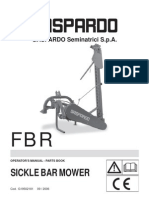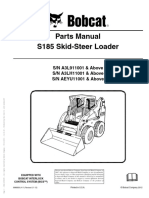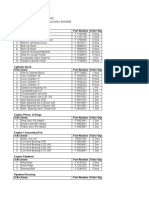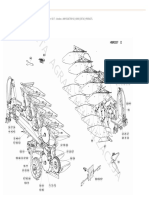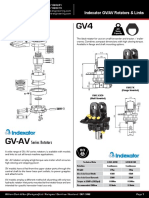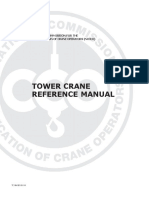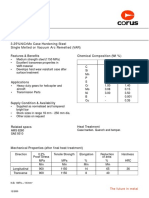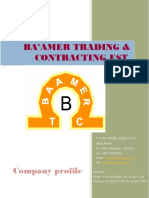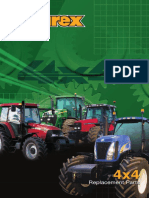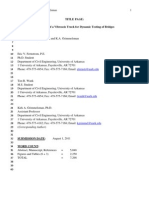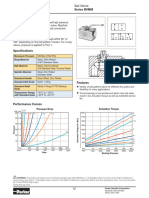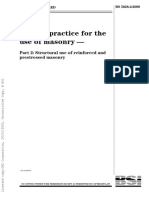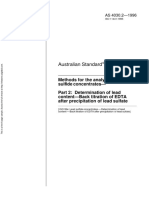0% found this document useful (1 vote)
344 views12 pagesSection A Attachments: Service Manual - 1CX
Uploaded by
amurabCopyright
© © All Rights Reserved
We take content rights seriously. If you suspect this is your content, claim it here.
Available Formats
Download as PDF, TXT or read online on Scribd
0% found this document useful (1 vote)
344 views12 pagesSection A Attachments: Service Manual - 1CX
Uploaded by
amurabCopyright
© © All Rights Reserved
We take content rights seriously. If you suspect this is your content, claim it here.
Available Formats
Download as PDF, TXT or read online on Scribd
/ 12
